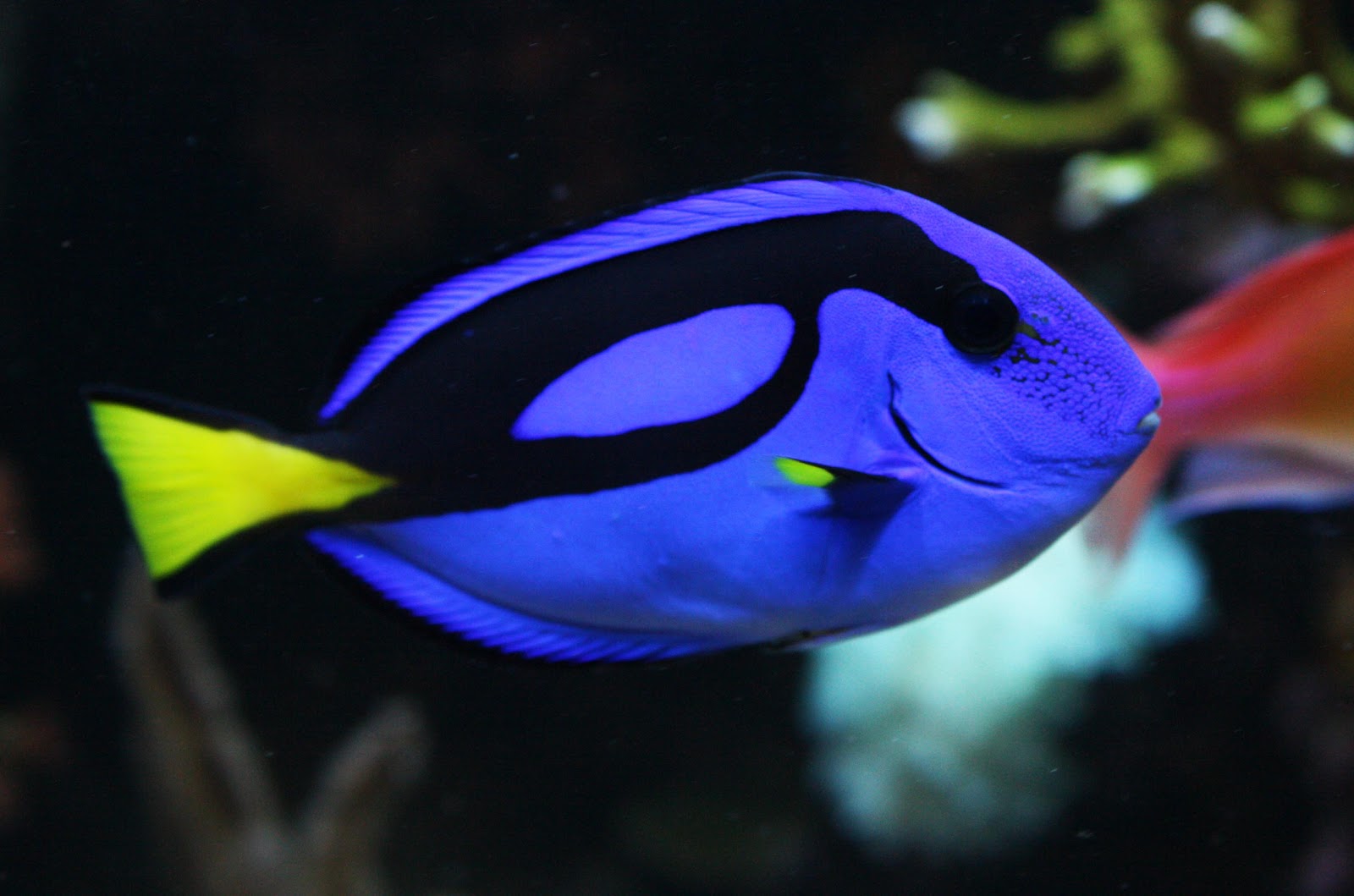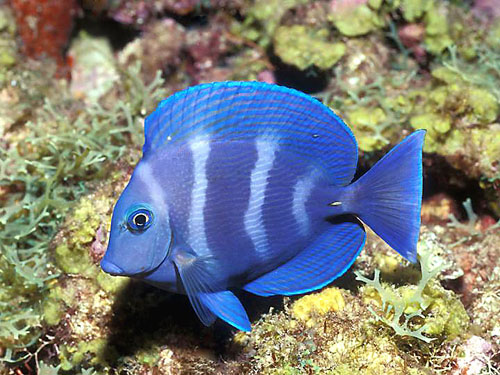There are two kinds of saltwater fly fishing: inshore and offshore. Offshore fly fishing is the deep-ocean kind. Inshore fishing means angling in brackish waters, tidal estuaries, and salty bays and lagoons, as well as an ocean proper but within reasonable distance of shore.
Inshore fly fishing tackle wholesale attracts the greatest number of anglers. For one thing, the inshore brand is more generally available. It exists along every coast – in this country from Maine to Florida, to Texas, to California, to Alaska. Inshore fly fishing can be done by casting from the banks, by wading, or by fishing from small boats with fox fishing tackle and fox lures.
A great deal of this inshore saltwater fly fishing is even done is fresh water – in fresh or partly brackish lakes or canals where we have tarpon, snook, and other species that can thrive in water that is entirely or partly fresh. There are huge sharks, for example, and even sawfish in Lake Nicaragua in Central America, 125 miles from the Atlantic. More species of fly-taking fox fishing tackle are generally available to the inshore angler, and inshore saltwater fishing also is less expensive than offshore sport. Particularly when it comes to fox fishing tackle. For the offshore variety, you have got to have a sport fisherman or similar boat of your own, or go on a charter cruiser with professional captain and mate. You also have to buy expensive gear, this is unless you find a good fishing tackle sale.
There are probably fifty or mre species of inshore fish speared from New England around Florida, into Gulf and along the Pacific Coast that will take fly rod fox lures, but the ones most in demand are striped bass, bluefish, smook, tarpon, bonefish, permit, sea trout, mackerels, channel bass, ladyfish and barracuda – not by any means in the order named. Among experienced saltwater fly-rodders the most desirable inshore fish are the scarce and hard-to-take permit, the speed-king bonefish, the wild-jumping tarpon, the shrewd snook, the powerful striped bass, and the bruising bluefish. It is interesting to note that each of the species just named, each of these great saltwater fish, could be caught in a foot of water against a grassy bank.
Until recent dredging and silting and shore-filling condominium construction, one of my favourite all-time salt fishing tackle sales grounds was the Loxahatchee River on central Florida’s Atlantic side. Upriver not far from the US 1 bridge is shallow oyster bar. It sweeps along the west bank, not 100 yards out from a gorgeous home where – almost every time I fished there – a couple of rambunctious boxer dog loped about ten yard. We would fish the bar from a small boat, using either surface poppers, fox lures or streamers, and every time in the winter season we would boat six to a dozen bluefish ranging from 2 to 5 pounds. Every time, that is but one winter when I fished the lower Lox twice and never saw bluefish. The point I’m making is that here we have an ocean fish which, when in the lower Loxahatchee, is swimming in as civilized waters as we might find.












